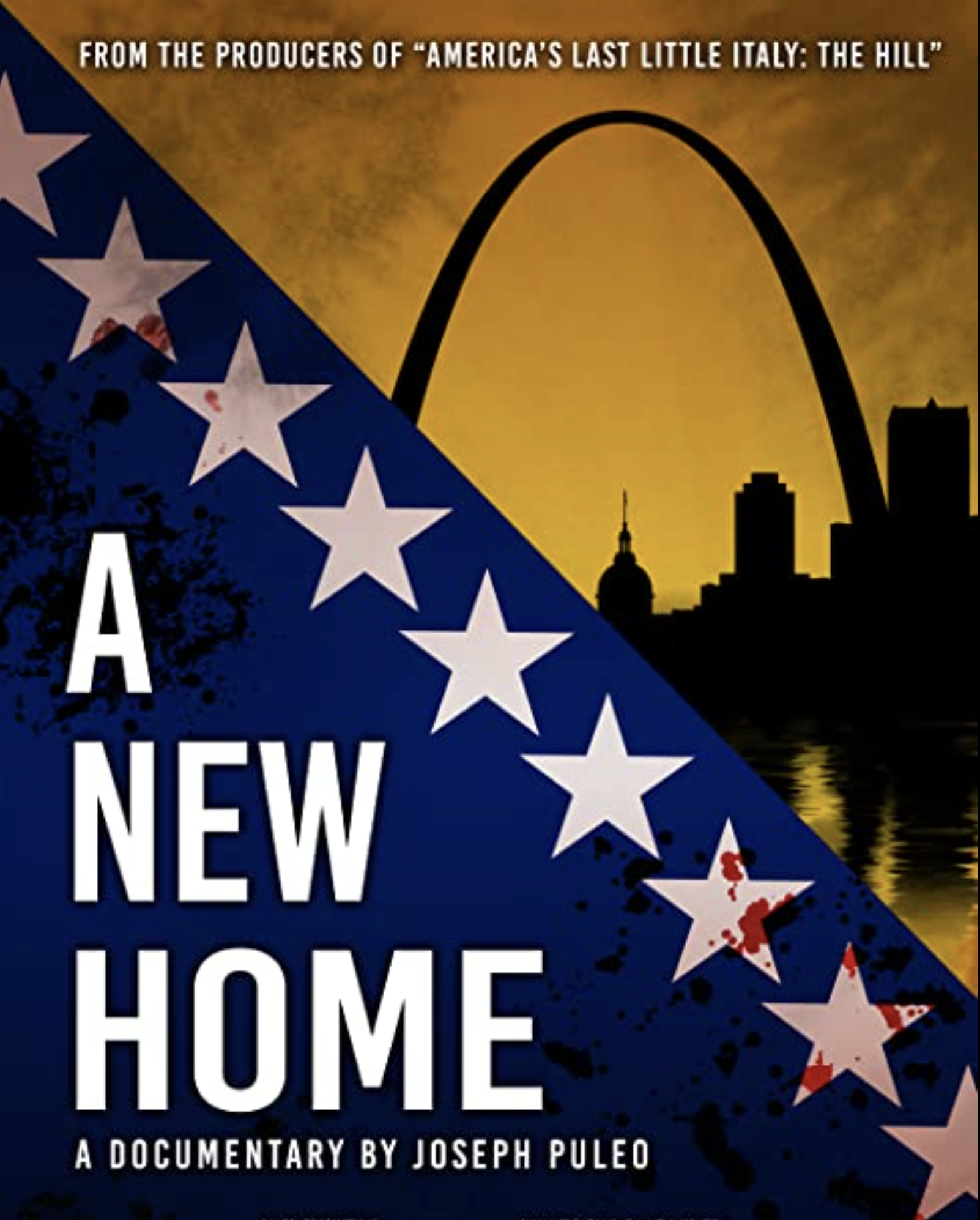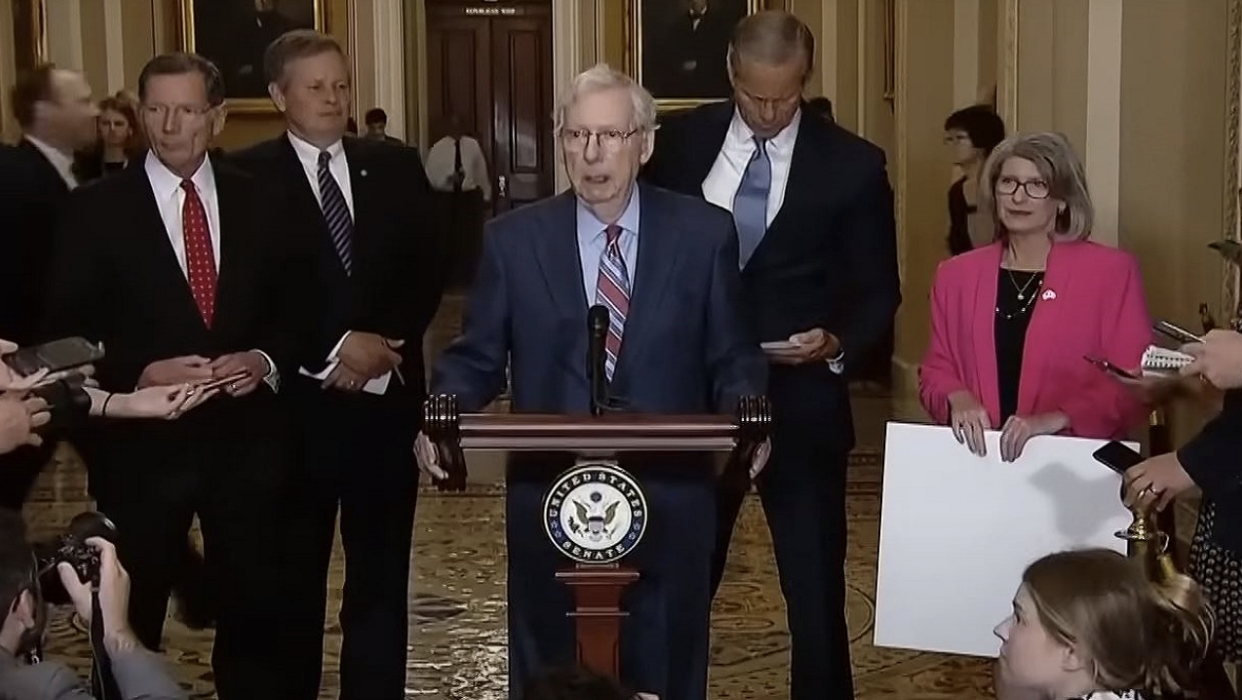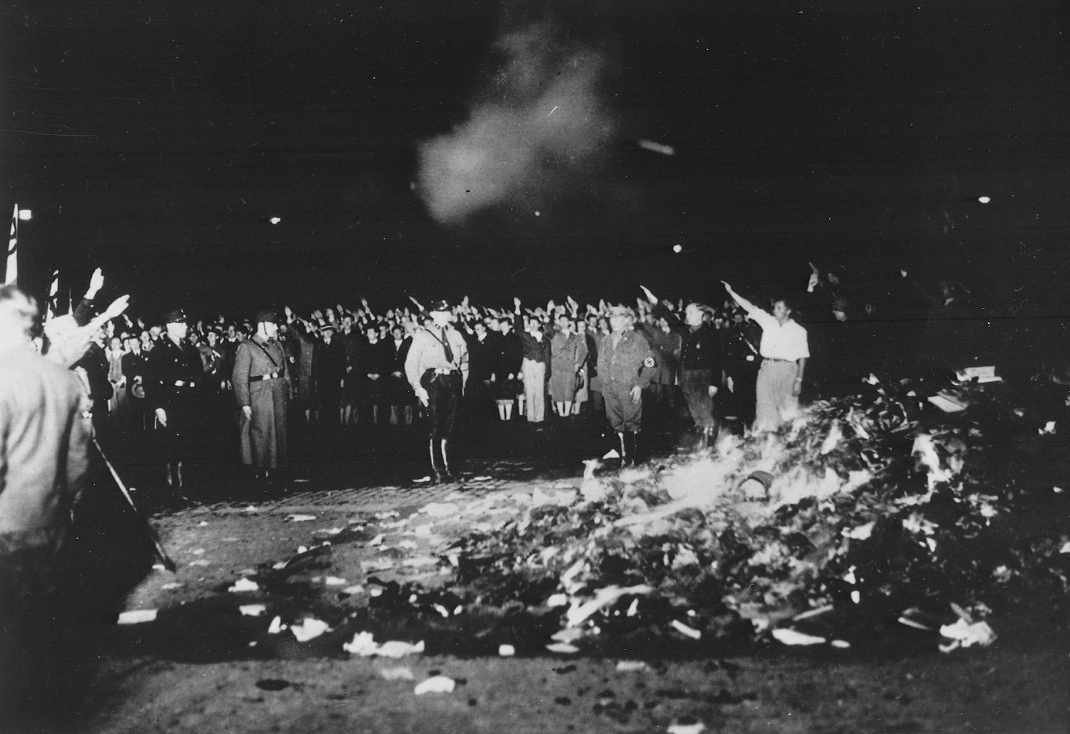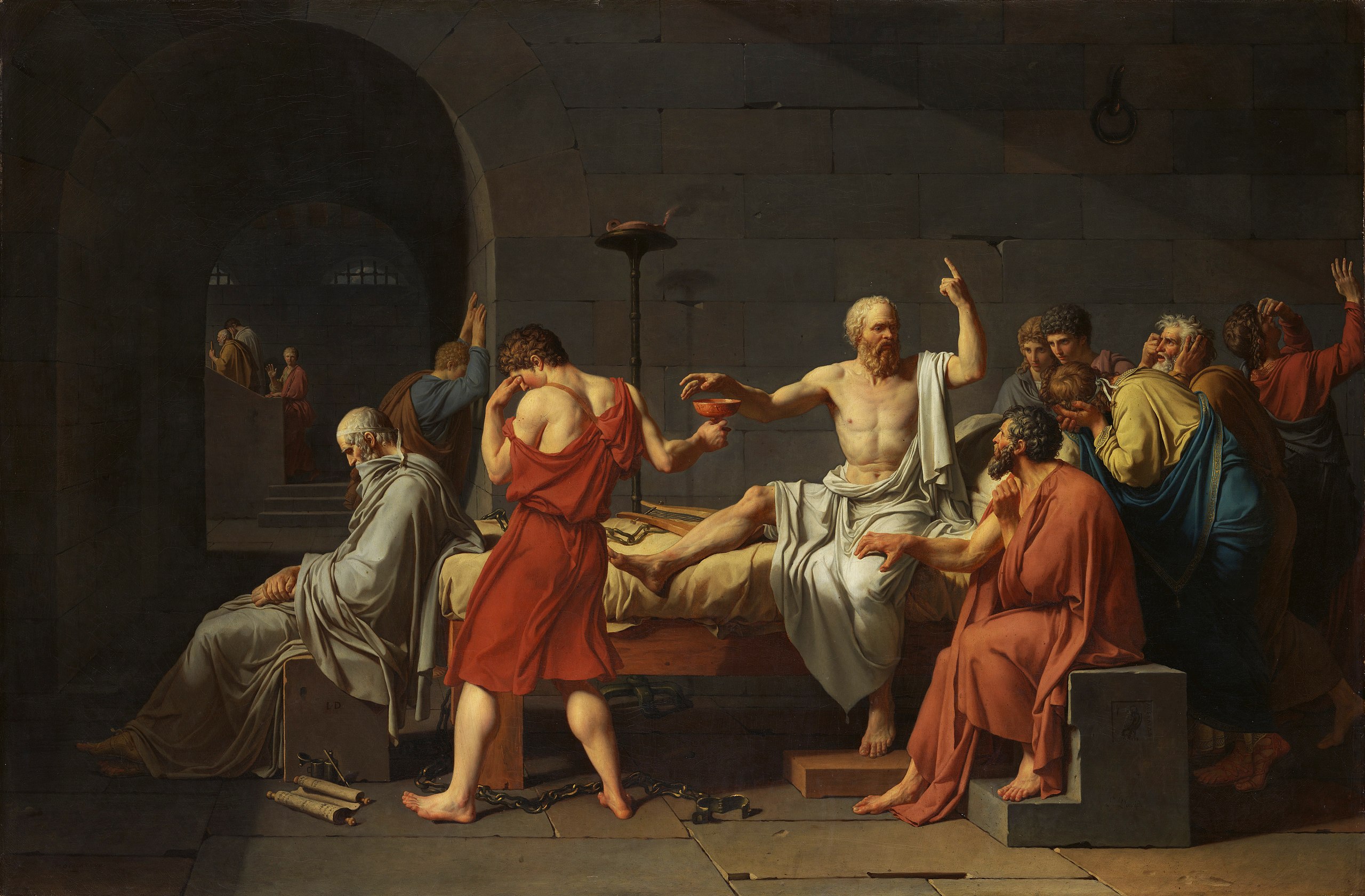The acclaimed local documentary is now available to view on Amazon Prime Video
BY: JACOB POLITTE
Managing Editor
The Bosnian War from 1992-1995 is arguably one of the more horrific atrocities of modern times. A multi-nation conflict fought mostly over a clash of religion, the “Serbian aggression” led to a mass genocide.
America did not intervene.
“It’s a war that I don’t really think resonated with a lot of people in the US because it seemed so far away,” former St. Louis Post-Dispatch journalist Doug Moore said in the documentary. The Clinton Administration and the United Nations decided to regard the situation as a “humanitarian problem” and declined to step in and help.
“A New Home” doesn’t shy away from showing those intense images from the brutal conflict. Some footage shown is hard to stomach for those who have never seen war.
The “talking heads” in the documentary also detail some of the horrific things they went through and the feelings they had at the time. There are so many to name, and all of the refugees have their own horrific, tragic stories.
Ibrahim Vajzovic says, “Something you cannot understand… what neighbors can do to each other. And how hatred exists in some people. How people change. Or maybe they were able to hide that behavior or attitude to others. It is still hard for me to understand that part. How could you be a good neighbor, friend, or even cousin with someone, and kill that person the following day without reason, without that person making any harm to you?”
The fallout also had major implications for the St. Louis area. In current times, the city of St. Louis has the largest Bosnian population outside of Bosnia itself.
“What a lot of people don’t know is that the US usually takes the healthiest first. So, if you’re a 25 year old man and wife and you have a couple of healthy kids then you’re going to be able to enter the workplace, chances are you aren’t gonna be sick and be a burden on the healthcare system… that’s the folks who resettled first.”
Many refugees settled at first in the Bevo neighborhood, and then moved out to more suburban areas.
“It’s important to remember that refugees are persecuted,” said Ajlina Karamehic-Muratovic, an Assistant Professor of Sociology at St. Louis University. “They’re displaced by force, which is very different than being an immigrant. An immigrant chooses to resettle, a refugee doesn’t.”
I have a closer connection to the subject matter discussed than you might think, even if that connection is simply based on my relationship with others. I spent most of my secondary education career as a student in the Bayless School District, which is featured briefly in the documentary. Bayless, at least during the time I attended, was the most diverse school in the state. Many of these refugee families had children who attended school there. There was even a student from my graduating class who was talked about, as he went on to attend Harvard, one of the first people from our school to do so. We weren’t close by any means, but his family sacrificed a lot even before coming to America.
Many of my friends to this very day are Bosnian. Over time, I’ve become more familiar with their culture. As such, “A New Home” resonated with me in a way that few documentaries ever have.
I also know so many more stories than what was able to be told in the 58-minute runtime. Every refugee has a story. Some don’t always feel comfortable sharing theirs publicly. But “A New Home” is an education for a potentially uneducated viewer. And for those who are aware of the trials and tribulations that some endured, it’s a powerful reminder of the past and how it continues to affect people today. It is absolutely worth a watch.
“A New Home” is streaming now on Amazon Prime, and can be rented there for $4.99 or purchased for $9.99.












